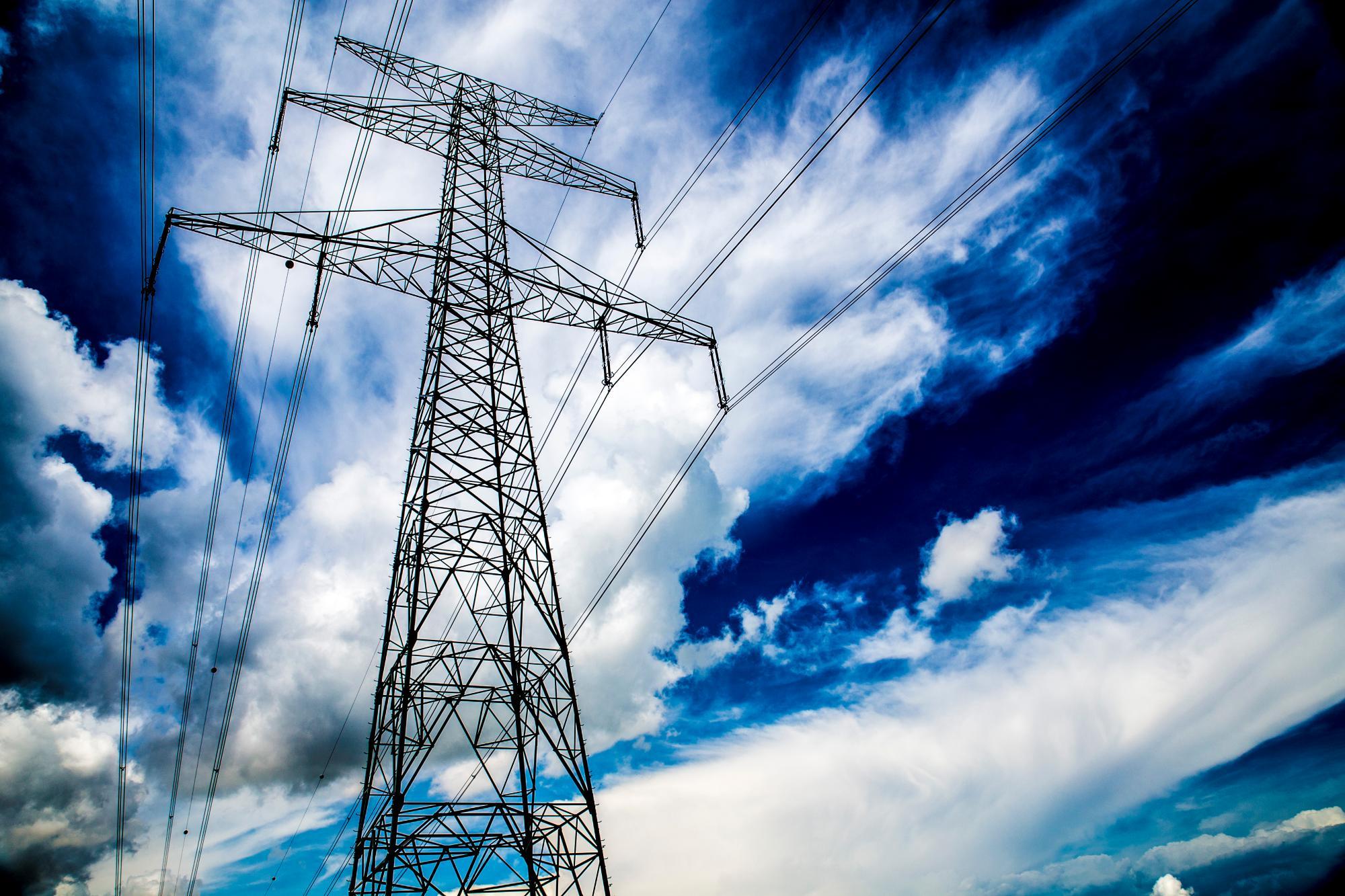- European Investment Bank to invest USD 60 million to modernise water supply infrastructure and waste water treatment facilities in Ecuador;
- The project backed by the European Union, will improve access to water for communities across the Portoviejo Canton, particularly in rural areas;
- The water project contributes to the achievement of a number of Sustainable Development Goals and to building Ecuador’s resilience to pandemics such as Covid-19.
The European Investment Bank is financing the development of drinking water and sanitation networks in the Portoviejo region in Ecuador. The EIB’s USD 60 million loan to the Decentralised Autonomous Municipal Government of the Canton Portoviejo (GAD of Portoviejo), part finances the construction and rehabilitation of water supply, wastewater and storm water networks in urban and rural areas of the canton Portoviejo, province of Manabí.
The EIB loan will enable the construction of sewer networks, wastewater treatment plants and stormwater networks close to the coast, thereby contributing to the implementation of the Clean Oceans Initiative. The modernization of water supply and sewerage systems in the region will lead to substantial energy savings, reducing water losses in networks and an improvement in wastewater treatment operations. This, also results in a long term investment in the country`s resilience to pandemics such as Covid-19, as it provides steady access to clean drinking water.
The operation will be co-financed by the Inter-American Development Bank (IADB), Spain’s Fund for the Promotion of Development (FONPRODE) managed by the Spanish Agency for International Development and Cooperation (AECID), and EU’s Latin America Investment Facility (LAIF).
EIB Vice-President, Ricardo Mourinho Félix, responsible for Latin America said: “Clean water and sanitation are essential to boost socio and economic growth, and to protect human health during infectious disease outbreaks such as the COVID-19. As the largest lender to the water sector globally, the EIB is pleased to be financing and providing its expertise to help the Portoviejo government rehabilitate the region’s drinking water distribution network by improving access to the service, efficiency, quality and resilience to mitigate the adverse effects of climate change. This project builds on our strong track record of supporting high-impact investment in Ecuador and across Latin America”.
Mayor of Portoviejo, Agustín Casanova said: “For the first time in the history of Portoviejo, with this project we are providing sustainable drinking water and sanitation services to our rural communities, reducing therefore unacceptable inequalities. This is a project which has enormous social benefits and will also bring a return on investment, allowing us to benefit from the support of the EIB and other international organisations.”
EU Ambassador to the European Union to Ecuador, Charles-Michel Geurts said: “Alongside this loan, the European Union will also contribute with a EUR 10.4 m grant via the LAIF facility (Latin American Investment Facility) which will allow the provision of technical assistance for the contracting process, financial management, technical supervision, social and environmental follow-up; the construction of sustainable small water and sanitation facilities for dispersed rural communities; strengthen water and sanitation systems for PORTOAGUAS and improve health conditions in residential areas for the most vulnerable families. This project is an excellent example of international cooperation, at a European level with the EIB, AECID and LAIF; as well as at a regional level with the IDB. It’s only by joining forces we will be able to face the challenges that Ecuador is experiencing.”
Impact of the water project in Ecuador
The EIB loan will support a strategic investment project for the municipality of Portoviejo expected to contribute to Ecuador’s national “Water and Sanitation for All” programme. The loan will be guaranteed by the Republic of Ecuador, via its Ministry of Economy and Finance. EIB’s financing will benefit from a Guarantee from the European Union.
In concrete terms, the investments will enable Portoaguas, the utility that serves the canton Portoviejo, to provide 90,000 inhabitants with safe drinking water, and around 22,500 with wastewater services. The water supply project financed by the EIB consists of a new water supply system for rural parishes of the Cantón (Crucita, San Plácido, Chirijos, Alhajuela, Abdón Calderón, Pueblo Nuevo, Río Chico), which will meet both current and projected demand until 2050. It includes a water intake structure at the Poza Honda dam and a water treatment plant that will supply drinking water to the rural parishes via a 49 km water main and 9 reservoirs. In addition, the EIB will finance 6 new wastewater treatment plants to treat the wastewater and avoid the discharge of river pollution in the Cantón.
In the urban parish of Colón, the project includes the construction of a pumping station at the Cuatro Esquinas water treatment plant, sanitary sewer networks and associated wastewater treatment plant. The EIB loan will also finance the construction of stormwater drainage networks in eight rural parishes to prevent the overflow and ponding of stormwater.
The project will contribute to foster gender equality, women’s participation and corporate social responsibility in the municipality of Portoviejo, since the project finances activities to break down work barriers and training for women.
It is a long term investment in the country`s resilience to pandemics such as Covid-19, as it provides steady access to clean drinking water, critical for effective crisis mitigation.
International cooperation and development goals
The operation is fully aligned with EIB’s priority areas of intervention under the External Lending Mandate for Latin America 2014-2020, namely development of economic and social infrastructure, climate action, and cooperation with international financial institutions. The operation is expected to contribute to the achievement of Sustainable Development Goals 3, 5, 6, 11, and 13 (Good Health and Well-being, Gender Equality, Clean Water and Sanitation, Sustainable Cities and Communities, and Climate Action respectively).
The EIB in Ecuador
The EIB is the largest multilateral public bank in the world and financed around EUR 8 billion in investments outside of the European Union last year. Ecuador is among the biggest beneficiaries of EIB financing in Latin America. Since the EU bank started working there in 2006, it has provided over EUR 700m to finance investments with favourable conditions – in terms of both maturity and interest rates – with the aim of improving the quality of life of Ecuadorians. EIB supported projects in the country include the post-earthquake loan for reconstruction in Manabí and Esmeraldas and the Quito Metro de Quito.
The EIB in Latin America
The EIB provides economic support for projects in Latin America by facilitating long-term investment with favourable conditions and by providing the technical support needed to ensure that these projects deliver positive social, economic and environmental results. Since the EIB began operating in Latin America in 1993, it has provided total financing of EUR 8.4bn to support 117 projects in 14 countries in the region.




